

You will never see the great auk, the laughing owl, or the O’ahu ‘O’o at the zoo or even in the wild because these species are gone forever. That's extinction—when all the members of a species have died. Once a species becomes extinct, our planet changes forever.
Extinction
is a natural part of our Earth’s history, but today species are becoming extinct faster than ever. Every year, new species are becoming threatened with extinction.
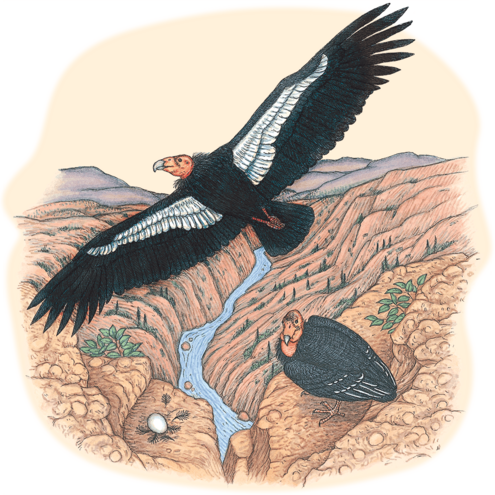
California Condor
CRITICALLY ENDANGERED
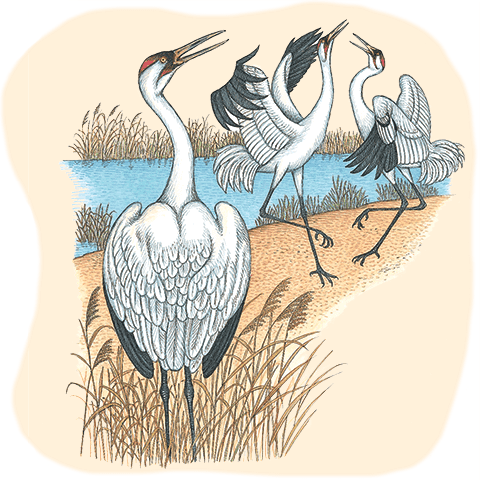
Whooping Crane
ENDANGERED
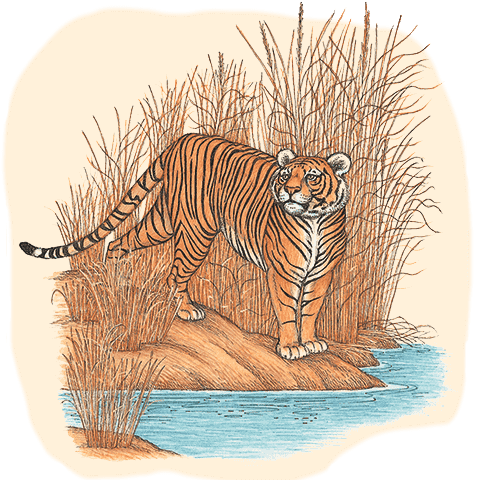
Bengal Tiger
ENDANGERED
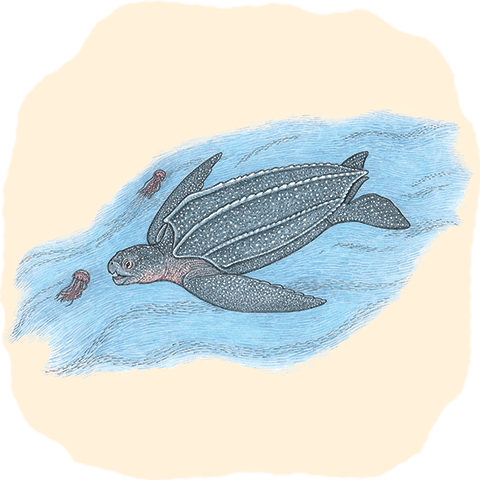
Leatherback Sea Turtle
THREATENED
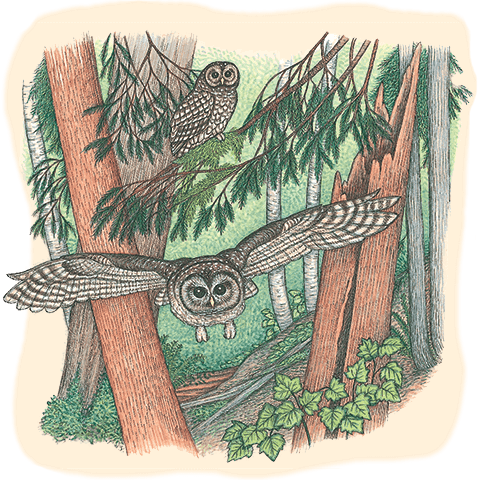
Northen Spotted Owl
VULNERABLE
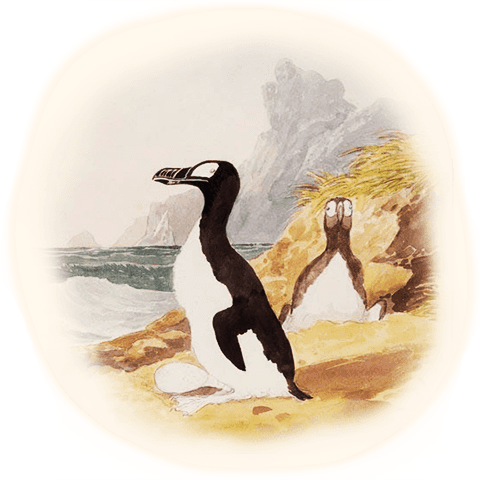
Great Auk
EXTINCT
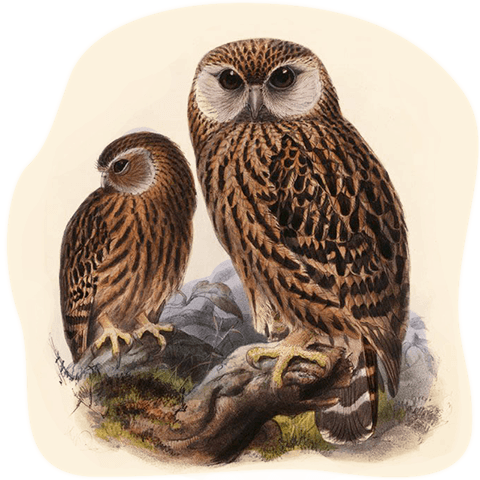
Laughing Owl
EXTINCT
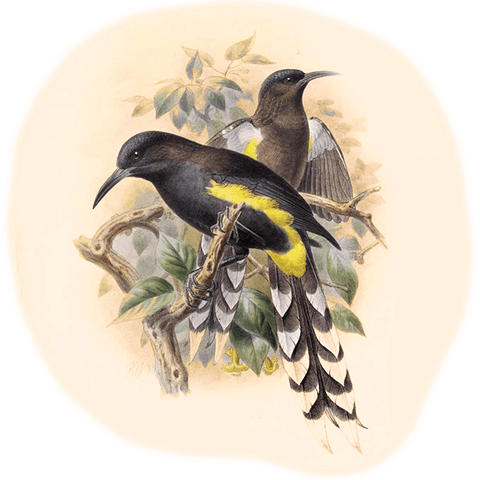
O'ahu 'O'o
EXTINCT
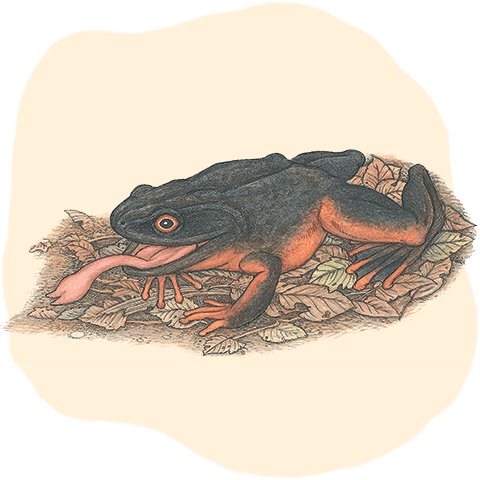
Goliath Frog
ENDANGERED
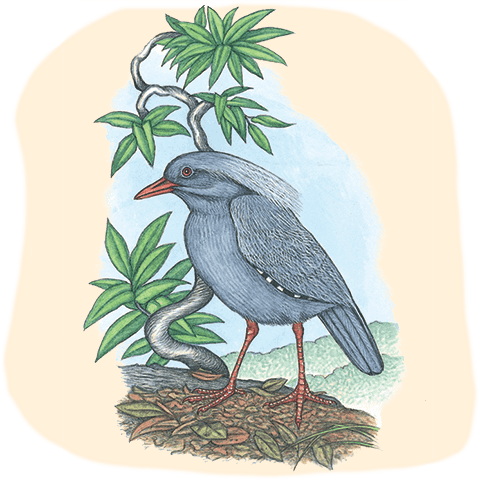
Kagu
ENDANGERED
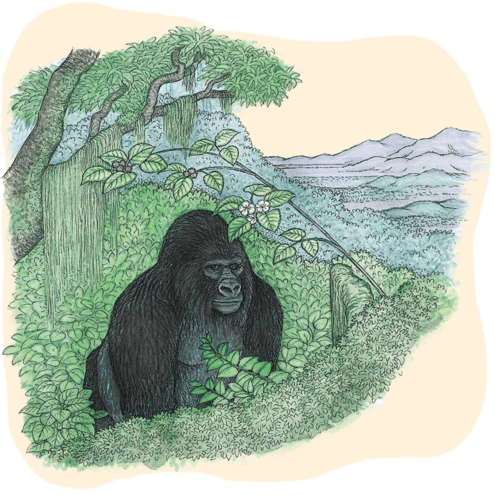
Mountain Gorilla
CRITICALLY ENDANGERED

Mountain Gorilla
CRITICALLY ENDANGERED
What causes extinction?
Habitat Loss
Pollution
Global Climate Change
Overharvesting
Invasive Species
How are scientists protecting species?
When a species is endangered , scientists monitor it closely year after year. Accurate information about population size and distribution helps scientists plan conservation efforts and identify areas where the species is in most danger. Then they can take action before it’s too late.
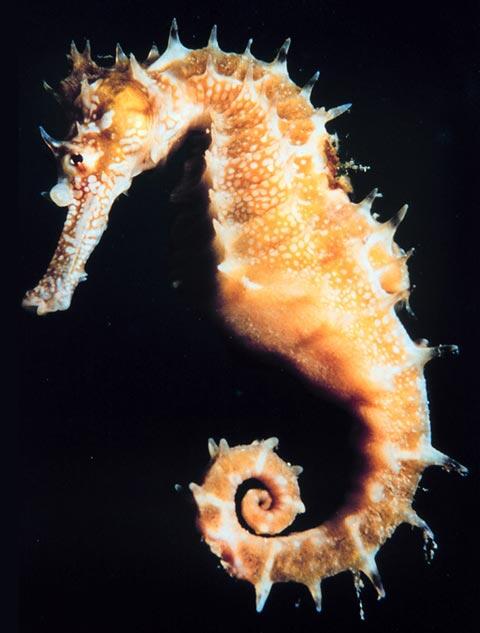
The Pipefish and the Seahorse
In 1994, a South African river pipefish was listed as extinct. But one year later, a healthy new population was discovered. This second chance to save the pipefish might have been lost if scientists hadn’t monitored local species.
Some species of seahorse, close relatives of the pipefish, are also under threat. Large numbers are taken from the wild and sold for home aquariums. Seahorses also live in threatened marine habitats , like coral reefs . By tracking seahorse populations, scientists can trace these problems and find solutions. Now they’re working with fishermen to set up seahorse sanctuaries.
Image Credits:
Photos: How do you know when a species has become extinct?: Pacific seahorse: courtesy of Gerald and Buff Corsi, California Academy of Sciences; Illustrations: Introductory page: letters and their animations: Eric Hamilton; great auk: courtesy of AMNH Department of Library Services, #6266, extinct 1844. By Charles Hamilton Smith, from Charles Hamilton Smith, Original Drawings, 1795-1859. 23 vols; laughing owl: courtesy of AMNH Department of Library Services, #6253, extinct New Zealand, c. 1914. By John G. Keulemans, from G. D. Rowley, Ornithological miscellany, vol. 1. London: 1875.; O'ahu 'O'o: courtesy of AMNH Department of Library Services, #6286, By John G. Keulemans, from Lionel Walter Rothschild, The avifauna of Laysan and the neighbouring islands, London, 1893-1900; endangered ticker animals: Patricia J. Wynne




 Biodiversity
Biodiversity
 Brain
Brain
 Genetics
Genetics
 Marine BiOLogy
Marine BiOLogy
 MicrobiOLogy
MicrobiOLogy
 PaleontOLogy
PaleontOLogy
 ZoOLogy
ZoOLogy
 AnthropOLogy
AnthropOLogy
 ArchaeOLogy
ArchaeOLogy
 Astronomy
Astronomy
 Climate Change
Climate Change
 Earth
Earth
 Physics
Physics
 Water
Water
